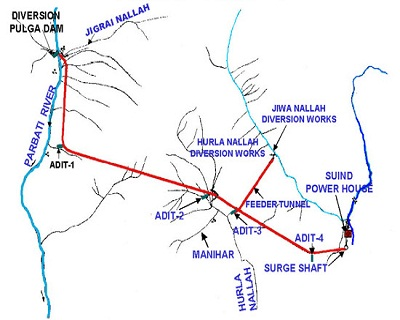



Mucuna bracteata is an invasive leguminous vine introduced to rubber plantations for nitrogen fixation. While initially beneficial, it overpowers native vegetation and disrupts ecosystem balance. It is being removed from areas in Kanniyakumari to protect the environment, particularly near the Kalakkad-Mundanthurai Tiger Reserve.

Disclaimer: Copyright infringement not intended.
The Forest Department, along with an NGO from Kanniyakumari, is engaged in a pilot project to remove an invasive cover crop called Mucuna bracteata from rubber plantations and forest areas in the district.
Aspect |
Details |
|
Type |
Invasive cover crop; leguminous vine |
|
Initial Purpose |
Introduced to rubber plantations as a weed regulator and nitrogen fixer due to its drought tolerance. |
|
Spread |
Found in parts of the Western Ghats, including Kaliyal, Kadayumoodu, Aarukani, Kodayar, and Kulasekaram. |
|
Negative Impact |
Overpowers rubber trees and native trees, affecting their growth. |
|
Proximity to Wildlife |
Adjacent to the buffer zone of the Kalakkad-Mundanthurai Tiger Reserve, a critical tiger habitat. |
|
Other Invasive Plants |
Lantana, Parthenium |
|
Primary Habitat |
Particularly widespread in the Kanniyakumari rainforest, especially in abandoned rubber plantations. |
Leguminous crops are plants that belong to the Fabaceae family, also known as the pea family, and are grown for human consumption:
Examples: Lentils, peas, broad beans, chickpeas, soybeans, beans, and peanuts
Characteristics
Benefits
Source:
|
PRACTICE QUESTION Q.Mucuna bracteata is an invasive species in India. It is primarily associated with which of the following?
Select the correct answer using the code below: A) 1 only B) 1 and 3 only C) 2 and 4 only D) 1, 3 and 4 only Answer: A Explanation: Mucuna bracteata is an invasive leguminous vine introduced to rubber plantations as a weed and nitrogen regulator. It has spread to areas such as the Western Ghats and has become a menace by overpowering rubber trees and affecting native plant growth. |











© 2025 iasgyan. All right reserved